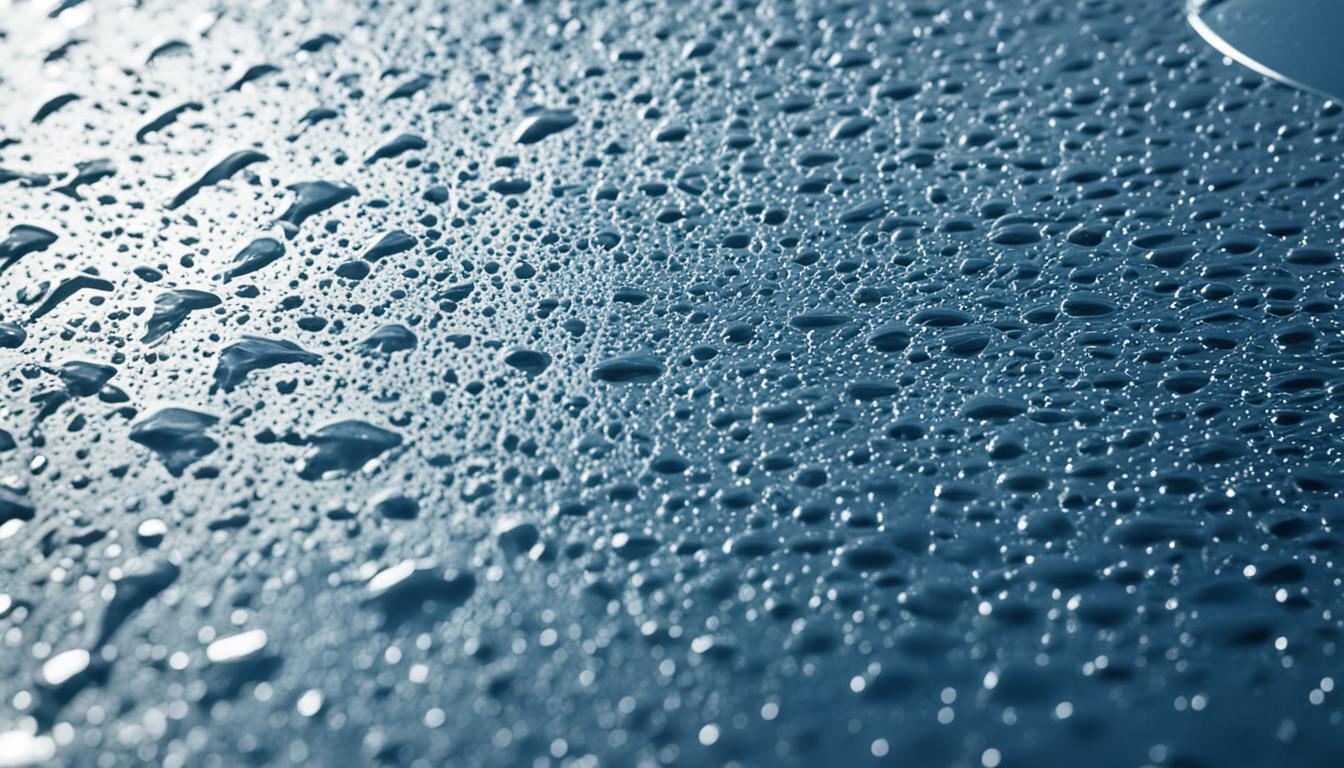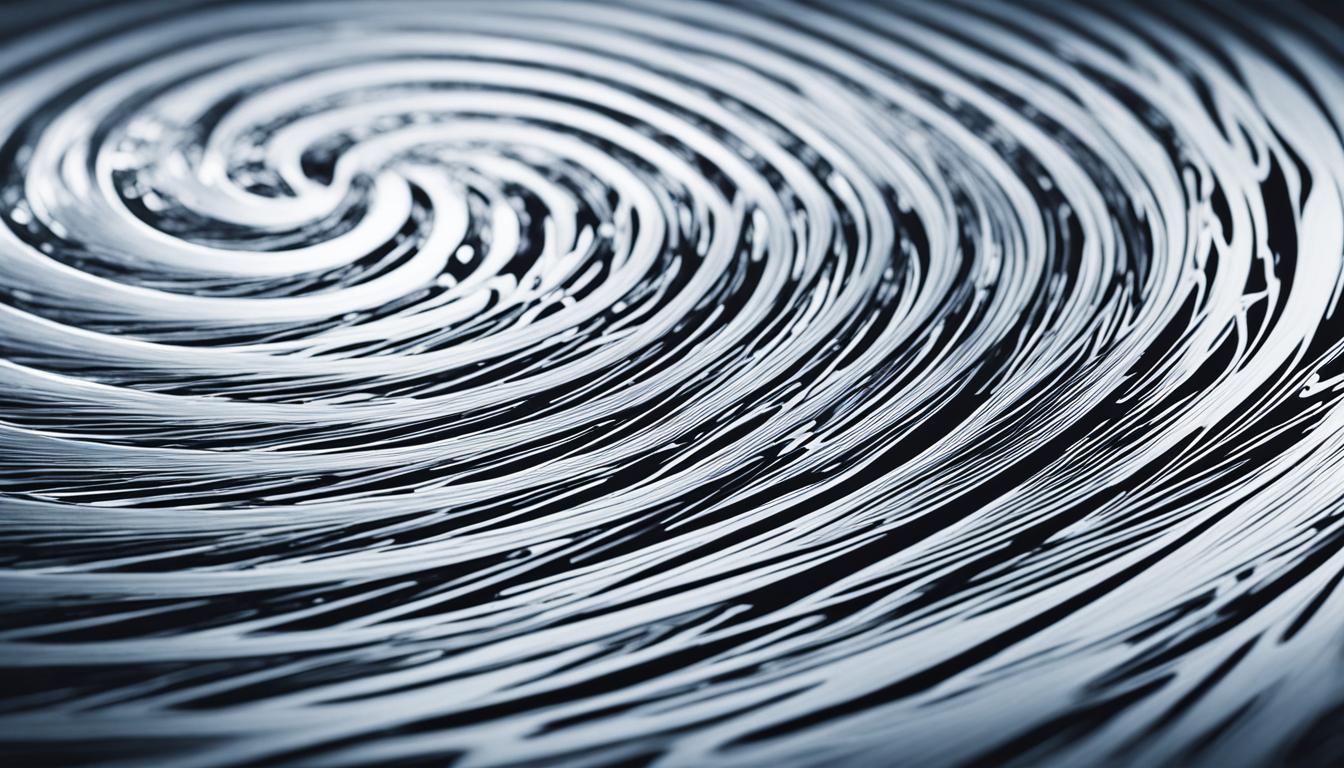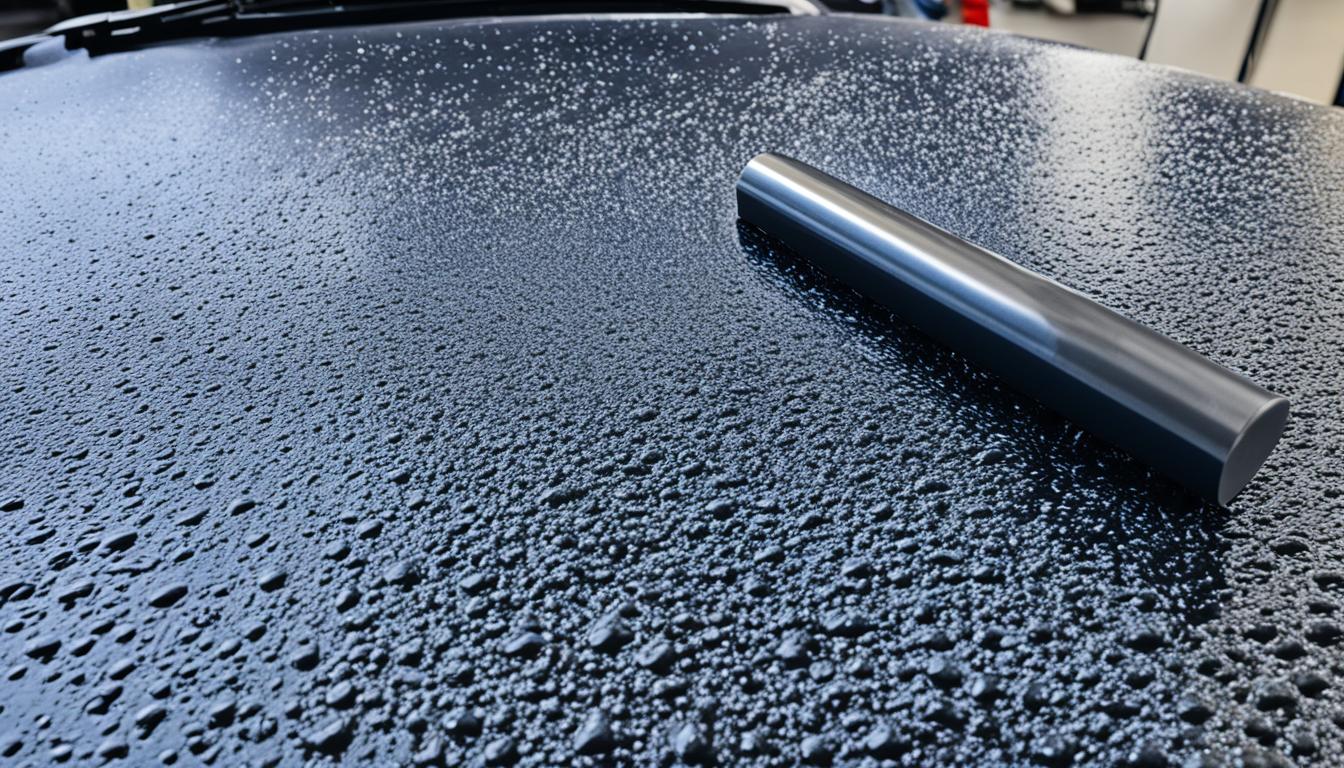Swirl Marks Car

Swirl Marks 101: Identification and Prevention
Did you know that improper car washing and drying techniques can result in microscopic scratches known as swirl marks? These pesky scratches may be invisible to the naked eye but can appear as heavy scratches on the top layer of your car's clear coat, ruining its pristine finish. So, what are swirl marks, how can you identify them, and more importantly, how can you prevent them from occurring? Let's explore the world of swirl marks and discover the secrets to keeping your car's paint flawless.

Key Takeaways:
- Swirl marks are microscopic scratches that can appear as heavy scratches on the top layer of the clear coat.
- Improper car washing and drying techniques, such as using a single wash bucket and neglecting a pre-wash, can cause swirl marks.
- Identify swirl marks by looking for spider web-like patterns or cobwebs on the car's clear coat.
- To prevent swirl marks, use proper washing and drying techniques, avoid harsh cleaning products, and consider hand washing instead of automated car washes.
- If swirl marks do appear, they can be removed using swirl and scratch remover tools.
💎🚗 Elevate your driving experience with exceptional car care. Visit Top Choice Car Detailing and secure your spot with our easy online booking 🖱️. For bespoke service quotes directly aligned with your needs, give us a shout at (289) 552 2545 📞. Trust Toronto's leading experts to rejuvenate your vehicle's look! ✨🛡️
The Effects of Swirl Marks on Paintwork
Swirl marks can have detrimental effects on the overall appearance and maintenance costs of your vehicle's paintwork. These paint defects, often caused by improper car washing and drying techniques, can leave your car's finish looking less than desirable.
When swirl marks are present, they can act as a breeding ground for contamination, making it harder to achieve a spotless look. The presence of contaminants can lead to additional maintenance costs as it requires more frequent decontamination and cleaning.
Addressing swirl marks promptly is crucial to prevent further damage to the paintwork. Paint correction is a challenging task that requires the expertise of professional car detailers. By removing swirl marks, paint correction not only restores the appearance of your vehicle but also helps preserve its value.
Furthermore, paint correction provides protection against environmental damage such as UV rays and acid rain. With swirl marks eliminated, your car's paintwork will have an enhanced overall appearance, ensuring a stunning finish that catches the eye.
The Importance of Professional Paint Correction
"Professional paint correction is key to tackling swirl marks effectively. The expertise and specialized tools used by car detailers ensure that the swirl marks are expertly removed without causing any further damage to the paintwork."
To achieve the best results, professional car detailers employ various techniques and high-quality products to address swirl marks effectively. They have the knowledge and experience to choose the right compounds and polishes, ensuring a flawless finish. Additionally, professional paint correction helps to minimize the risk of causing additional paint defects.
By entrusting your vehicle to skilled professionals, you not only save time and effort but also minimize the risk of costly mistakes. The benefits of professional paint correction go beyond the removal of swirl marks, providing long-lasting protection and adding value to your vehicle in the long run.

The Paint Correction Process
When it comes to restoring your vehicle's paintwork and achieving a flawless finish, the paint correction process is essential. It involves a series of steps and requires specific tools, materials, and techniques to effectively remove imperfections and enhance your car's appearance. Let's take a closer look at each stage of the paint correction journey.
Step 1: Vehicle Preparation
Prior to beginning the paint correction process, it's crucial to prepare the vehicle properly. Start by thoroughly washing the car using high-quality car wash soap and microfiber towels to remove any dirt, dust, or debris. A clean surface is essential to ensure accurate assessment of the paint defects and improve the effectiveness of subsequent steps.
Step 2: Surface Decontamination
The next step involves the use of a clay bar to remove any surface contaminants that may have bonded to the paint. The clay bar, along with a lubricant, helps eliminate embedded particles, such as industrial fallout, tree sap, and stubborn dirt, ensuring a smooth and clean surface for the correction process.
Step 3: Selecting the Right Tools and Materials
Choosing the correct tools and materials is crucial for achieving exceptional paint correction results. Key essentials include a dual-action polisher, microfiber towels, and foam or microfiber pads. The selection of paint correction compounds and polishes should be based on the severity of the paint defects. These compounds and polishes are designed to remove imperfections effectively and restore the clarity and gloss of your car's paint.
Step 4: Performing the Paint Correction
Using a dual-action polisher or a rotary buffer, apply the chosen paint correction compound or polish to the appropriate pad. Work in small sections and apply even pressure to ensure consistent results. After completing each section, wipe away the residue with a clean microfiber towel and inspect the paint for the desired level of correction. Repeat the process until the desired finish is achieved.
Step 5: Finishing Touches and Protection
Once the paint correction process is complete, apply a high-quality sealant or wax to protect the newly restored finish. This final step provides a protective barrier against environmental contaminants and helps maintain the corrected paintwork for an extended period of time.
To keep your car's paint looking its best after the paint correction process, it's crucial to follow proper washing techniques and avoid harsh chemicals or abrasive materials. Regular maintenance, including gentle washing and the use of appropriate detailing products, will help prolong the longevity of the corrected finish.
Remember, for optimal protection and longevity, consider additional measures such as applying a ceramic coating or paint protection film. These solutions offer enhanced durability, hydrophobic properties, and long-lasting protection against environmental factors.
"The paint correction process is a meticulous journey that requires attention to detail and the use of professional-grade tools and materials. By following these steps, you can achieve remarkable results and restore your car's paintwork to its former glory."

Continue reading to learn more about frequently asked questions surrounding the paint correction process and gain further insights into this transformative car care technique.
Frequently Asked Questions About Paint Correction
If you're considering paint correction for your car, you may have some questions. Here are answers to some of the most frequently asked questions about paint correction.
How often should paint correction be done?
The frequency of paint correction depends on the condition of your car's paint and your personal preferences. It should only be performed when necessary, as it involves removing a thin layer of clear coat each time. Factors such as the age of your vehicle, the level of paint defects, and your desire for a flawless finish will determine how frequently you need paint correction.
What tools and techniques are used in paint correction?
The tools used in paint correction include dual-action polishers or rotary buffers, which yield better results than performing the process by hand. These power tools, along with specialized compounds and polishes, are used to remove defects from the clear coat. Compounds are more aggressive and are used for heavier defects, while polishes are employed for finer imperfections.
What is the importance of monitoring the clear coat?
Clear coat preservation is crucial during the paint correction process. It's essential to monitor the clear coat's thickness throughout the procedure to strike a balance between removing defects and preserving the clear coat's integrity. By careful monitoring, you can ensure that the clear coat remains thick enough to provide necessary protection for your vehicle's paintwork.
What are the benefits of applying a ceramic coating?
After completing the paint correction process, applying a ceramic coating is highly recommended. This coating provides long-lasting protection for your vehicle's paint, creating a hydrophobic barrier that repels dirt, water, and other contaminants. A ceramic coating enhances the gloss and shine of the paint, making it easier to maintain and reducing the frequency of future paint correction sessions.
